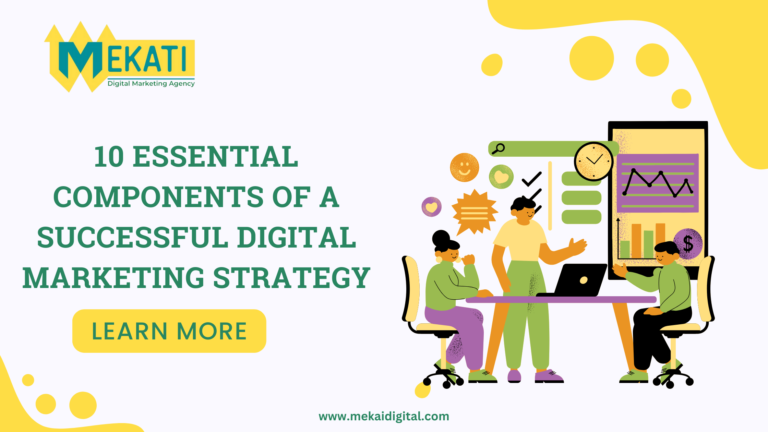Best SEO Practices in Website Design for Maximum Visibility
In the fast-paced world of digital marketing, optimizing your website for search engines (SEO) is crucial for enhancing visibility and attracting organic traffic. Effective SEO strategies not only improve your search engine rankings but also enhance user experience, driving conversions and business growth. Here are essential best practices and tips to integrate SEO into your website design effectively.

1. Keyword Research and Optimization
Begin by conducting thorough keyword research to identify relevant search terms and phrases that your target audience is likely to use. Integrate these keywords naturally into your website content, including titles, headers, meta descriptions, and throughout your web pages. Avoid keyword stuffing, as it can negatively impact user experience and SEO rankings.
2. Mobile-Friendly Design
Ensure your website is responsive and mobile-friendly. With the increasing use of smartphones and tablets, Google prioritizes mobile-friendly websites in search results. A responsive design not only improves user experience but also reduces bounce rates and improves your site’s SEO performance.
3. Optimize Page Loading Speed
Page loading speed is a critical factor in both user experience and SEO. Optimize your images, minimize HTTP requests, and leverage browser caching to improve loading times. Tools like Google PageSpeed Insights can provide insights and suggestions for optimizing your website’s speed.
4. User-Friendly Navigation
Create a clear and intuitive website navigation structure that allows users to easily find the information they need. Organize your content logically with a hierarchical structure, use descriptive anchor text for internal links, and implement breadcrumbs to enhance navigation and user experience.
5. Quality Content Creation
Publish high-quality, relevant content that addresses the needs and interests of your target audience. Regularly update your blog with informative articles, how-to guides, case studies, and industry insights. Use headings, bullet points, and multimedia content (such as images and videos) to enhance readability and engagement.
6. Optimize Meta Tags and Descriptions
Optimize your meta tags, including title tags and meta descriptions, for each web page. Ensure they are concise, descriptive, and include relevant keywords to improve click-through rates from search engine results pages (SERPs). Meta tags provide search engines and users with a summary of your page’s content.
7. Internal Linking Structure
Implement a strategic internal linking strategy to connect related pages and content within your website. Internal links help search engines crawl and index your site effectively, distribute link equity (PageRank), and improve user navigation. Use descriptive anchor text that includes relevant keywords.
8. Schema Markup and Structured Data
Implement schema markup and structured data on your website to provide search engines with additional context about your content. This can enhance your visibility in rich snippets, knowledge panels, and other SERP features, improving click-through rates and user engagement.
9. Secure HTTPS Connection
Ensure your website is secure by using an HTTPS connection. Google considers HTTPS as a ranking signal and prioritizes secure websites in search results. Obtain an SSL certificate for your domain to encrypt data and provide a safe browsing experience for users.
10. Monitor Performance and Analytics
Regularly monitor your website’s performance using analytics tools such as Google Analytics. Track key metrics such as traffic sources, user behavior, conversion rates, and keyword rankings. Use these insights to identify areas for improvement, refine your SEO strategy, and optimize your website for better results.
Conclusion
By integrating these SEO best practices and tips into your website design, you can enhance your website’s visibility, attract organic traffic, and improve user engagement and conversions. SEO is an ongoing process that requires continuous monitoring, optimization, and adaptation to algorithm changes and user behavior trends. Invest in creating a user-friendly, technically optimized website that delivers value to your audience and aligns with search engine guidelines for long-term success in digital marketing.







2 Comments